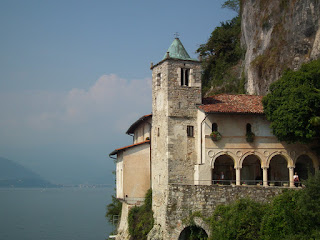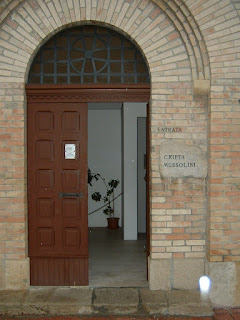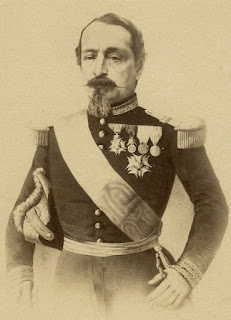Roman amphitheatre the starting point for remembering the crucifixion
 |
| The Colosseum is a focal point for Easter celebrations in Rome |
Good Friday (Venerdi Santo) is a day for prayer in Italy. It is not a Bank Holiday and the shops, bars and restaurants still open as normal, but many people visit a church during the day or attend one of the services held for the holy event.
In Rome there is a Papal Mass in St Peter’s Basilica and in the evening the ritual of the Stations of the Cross, or Via Crucis, is enacted near the Colosseum. The stations of the cross are 14 steps commemorating the events of the last day of Jesus on earth.
The stations of the Via Crucis were placed at the Colosseum in 1744 by Pope Benedict XIV and the bronze cross in the Colosseum was erected in 2000, the Jubilee year.
Lit torches illuminates the sky as the stations of the cross are described in several languages.
At the end the Pope gives a blessing. It is a very moving and popular procession and a big crowd usually attends the ceremony.
Huge dome completes Cathedral in Florence
It was on this day in 1436 that the Cathedral of Santa Maria del Fiore in Florence was consecrated by Pope Eugene IV.
Building work on Il Duomo di Firenze, as the Cathedral is usually called, had begun in 1296 but the construction was only completed when the huge dome designed by Filippo Brunelleschi was finally put in place in 1436.
 |
| Brunelleschi's dome dominates the Florence skyline |
The dome remained the largest in the world until others were constructed using new materials that had been developed for building in modern times.
But Brunelleschi’s dome, the first in history to be built without a wooden supporting frame, is still the largest brick dome ever constructed.
Travel tip:
The Colosseum in the centre of Rome is the largest amphitheatre ever built. Construction began on the oval building in 72 AD close to the Forum. The ampitheatre was built to hold up to 80,000 spectators and was used for events such as gladiator contests, mock sea battles and executions. Nowadays it has links to the Catholic Church and the Pope always starts his torch-lit Good Friday procession there.
Travel tip:
The Cathedral complex in Piazza del Duomo in Florence also includes the Baptistery and Campanile, which was designed by Giotto. Along with the Duomo, they are part of the UNESCO World Heritage site designated in the historic centre of the city. The Duomo is still one of Italy’s largest churches.
Home






